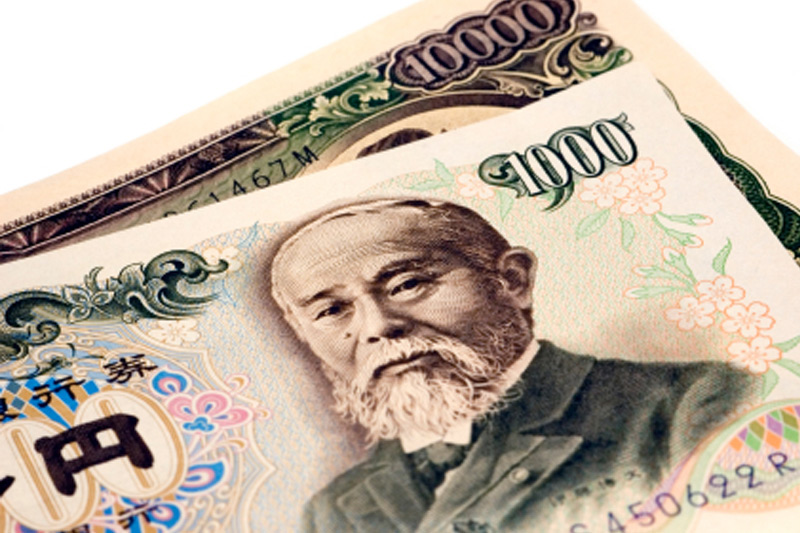
The Japanese yen fell to a 10-month low against the U.S. dollar on Thursday, as the Federal Reserve’s rate projections and the Bank of Japan’s recent policy changes continue to influence global financial markets. The Federal Reserve’s decision to maintain current rates, while signaling a potential rate hike later in the year, has led to expectations of an increasing interest-rate gap between the U.S. and Japan.
This downward pressure on the yen follows the Bank of Japan’s decision in July to raise its cap on the yield of 10-year Japanese government bonds from 0.5% to 1%. This move has fueled growing anticipation for a short-term interest rate hike by the Bank of Japan, aligning with similar actions observed at both the Federal Reserve and the European Central Bank.
These strategic decisions by central banks around the world are shaping the financial landscape. The decrease in the yen’s value is a direct consequence of these policy shifts and forecasts, highlighting the interconnectedness of global economies and their vulnerability to changes in monetary policy from key financial institutions.
This article was generated with the support of AI and reviewed by an editor. For more information see our T&C.







